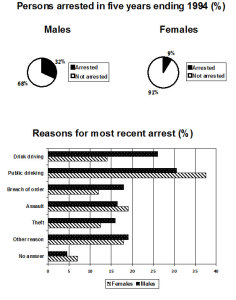The introduction paragraph below was sent to me by a student in response to the following essay question.
Essay Question
With an increasing population communicating via the internet and text messaging, face to face communication will become a thing of the past. To what extent do you agree?
Student Introduction
Face to face communication is become less important than the past, since increase and populate communication by the internet and text messaging. In my opinion, I agree that face to face communication will suffer as some small, develop new technologies but it is fishy that it is cause the death of traditional communicate.
Feedback
The ideas and technique in this introduction are fine. However, the grammar and vocaulary make it difficult for the reader. Let’s go through each mistake before seeing the model.
- “Face to face communication is become less important than the past ….” There are two mistakes in this sentence. One mistake is with the grammar tense and one mistake is a missing preposition. Can you correct the errors? AnswerFace to face communication has become less important than in the past.
- …since increase and populate communication by the internet and text messaging. There is a problem with both vocabulary and grammar. Can you correct it? Answer…since the popular increase in communication by internet and text messaging.
- … face to face communication will suffer as some small, develop new technologies… Can you correct the problems? Answer…face to face communication will suffer due to the development of technology..
- …but it is fishy that it is cause the death of traditional communicate. There are a lot of errors with this part of the sentence due to the choice of vocabulary. How would you write it? Answerbut it is unlikely that it will result in the disappearance of direct, face to face communication .
Comments
- “It is fishy that …” this is an idiom which means it is suspicious. Firstly, the meaning is not right for the above sentence. Secondly, it is not academic. Many idioms are not academic and therefore many shouldn’t be used in IELTS writing task 2. Don’t confuse idioms with idiomatic language. The student should use “it is unlikely to …” or “it is doubtful that …”.
- “..cause the death of …” this is also an idiom which can be used in academic writing but the meaning is not appropriate for this essay.
- “traditional communication” the writer is trying to paraphrase the words “face to face communication”. Unfortunately, it can’t be paraphrased. Not all words can be paraphrased in English.
- Many students try to paraphrase all words because they think they will get a high score. Unfortunately, the result is a lot of errors. If you have frequent errors, you will get band score 5 or 5.5 in vocabulary. You must be very sure of your paraphrasing or you will end up with more and more mistakes which will reduce your band score.
Model Introduction
As a growing number of people are choosing to communicate through the use of modern technology, such as the internet and text messaging, some people think that face to face communication will eventually die out. In my opinion, although I agree that face to face communication will become increasingly less popular, it is unlikely to disappear completely and will still be favoured in certain situations.







